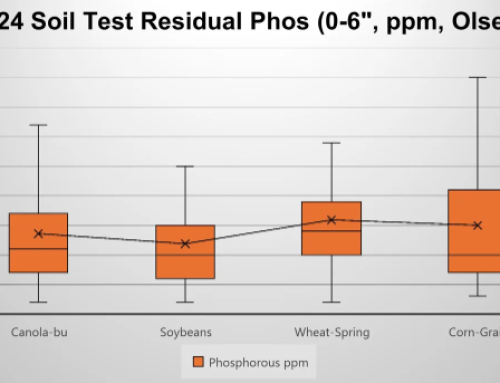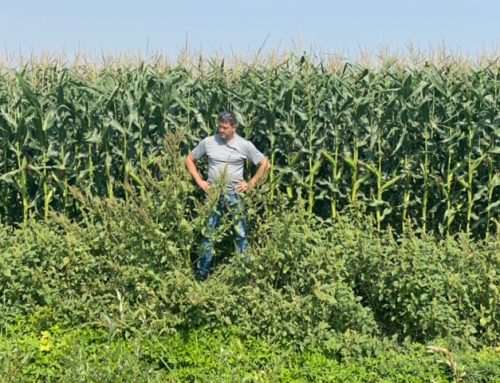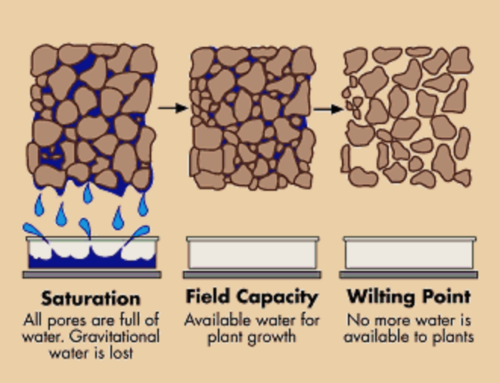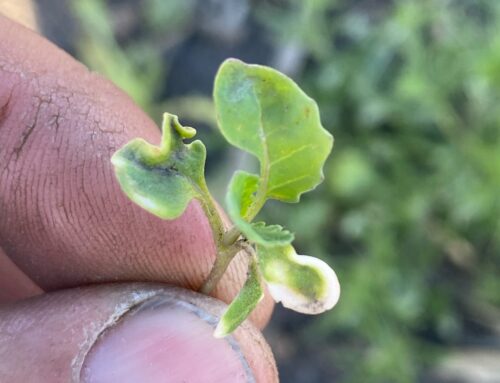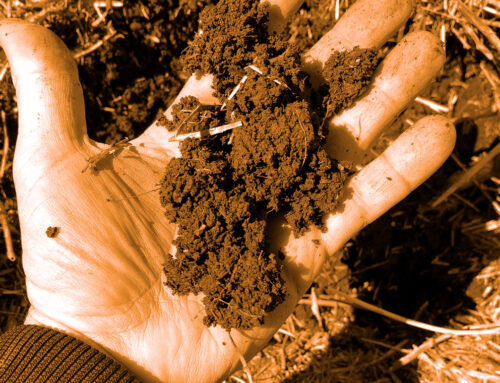A few weeks ago I was talking to one of our local producers about research trial results we were seeing from 2019. We all know how very kind and generous Mother Nature was with her precipitation, so our discussion geared around growing conditions that we typically don’t see in the Red River Valley (RRV) and how the dry conditions could have contributed to our results.
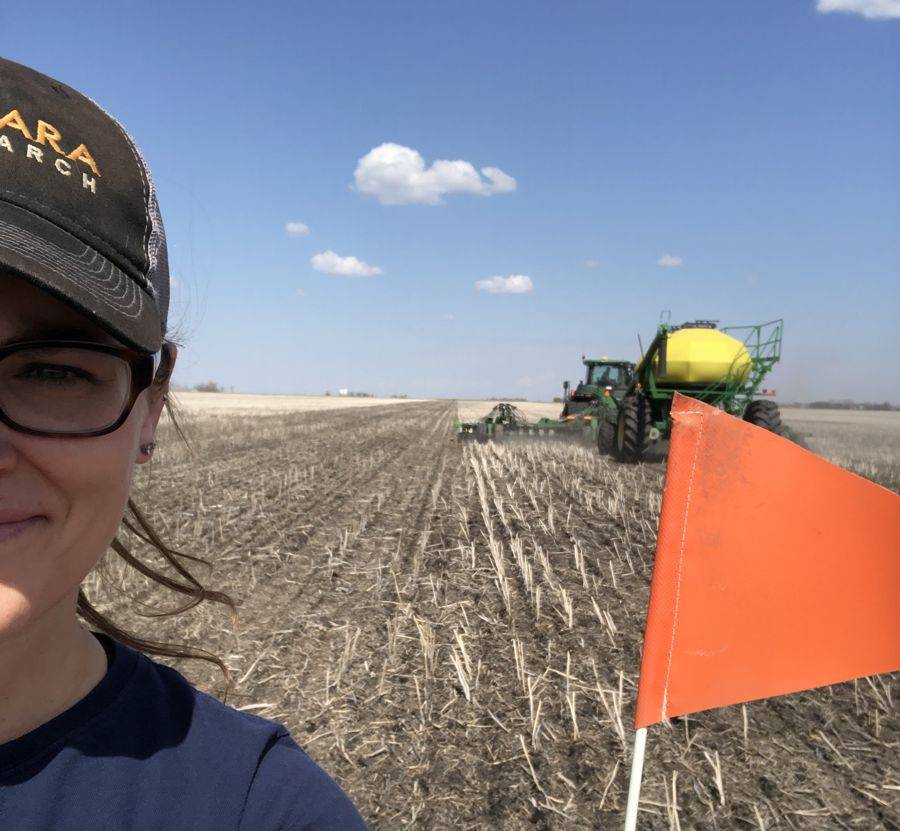
Without going into too many details (because those are kept within the group of participants – so join our group to access the results!), we started comparing two different trials held on the same piece of land, seeded within 24hrs and experienced the same growing conditions throughout the season. All that said, we were able to remove many variables from the equation as the trials were beside one another and we could honestly compare apples to apples.
The results were as expected… no significant difference between treatments. Most people think that this indicates a trial has failed, that we wasted our time and that nothing was learnt. However, I believe this couldn’t be further from the truth and I was happy to hear that this producer felt the same. He asked “why do we need this treatment if we aren’t seeing a return?” I agreed that the particular treatment might be beneficial in some years, but may not have a positive ROI in the very dry conditions we’ve been experiencing.
The next question was “what about this other trial that has different treatments, but no check strips?” This was a eureka moment for me! From the beginning of our research group, we’ve been focused on educating our participants about scientific research and how to interpret results. I’ve often said “Take trial results with a grain of salt unless you have all the trial data at your disposal, you know the trial layout and you’ve been provided all the stats, otherwise the results could be made to show you what they want you to see.”
“Take trial results with a grain of salt unless you have all the trial data at your disposal, you know the trial layout and you’ve been provided all the stats, otherwise the results could be made to show you what they want you to see.”
Jennifer Sabourin
This producer was able to extrapolate that you couldn’t really make a statement about one treatment being better than the other without there being check strips to compare them to.
Hosting research trials can be time consuming, cumbersome and potentially inconvenient if they aren’t well planned out, flexible and managed properly. A good trial layout with sufficient replications help to alleviate field variability and provide a more accurate representation of how your treatments are affecting the crop. Hosting trials on your own land, using your equipment with your growing conditions is the best way to learn what works for your farm, rather than taking someone else’s word for it.
In our research group we aim to reproduce trials at multiple sites, over several years, to get a better understanding of treatment performance in different growing environments. Each trial is a snapshot of one field, during a particular growing season and individual results should be taken with a grain of salt!
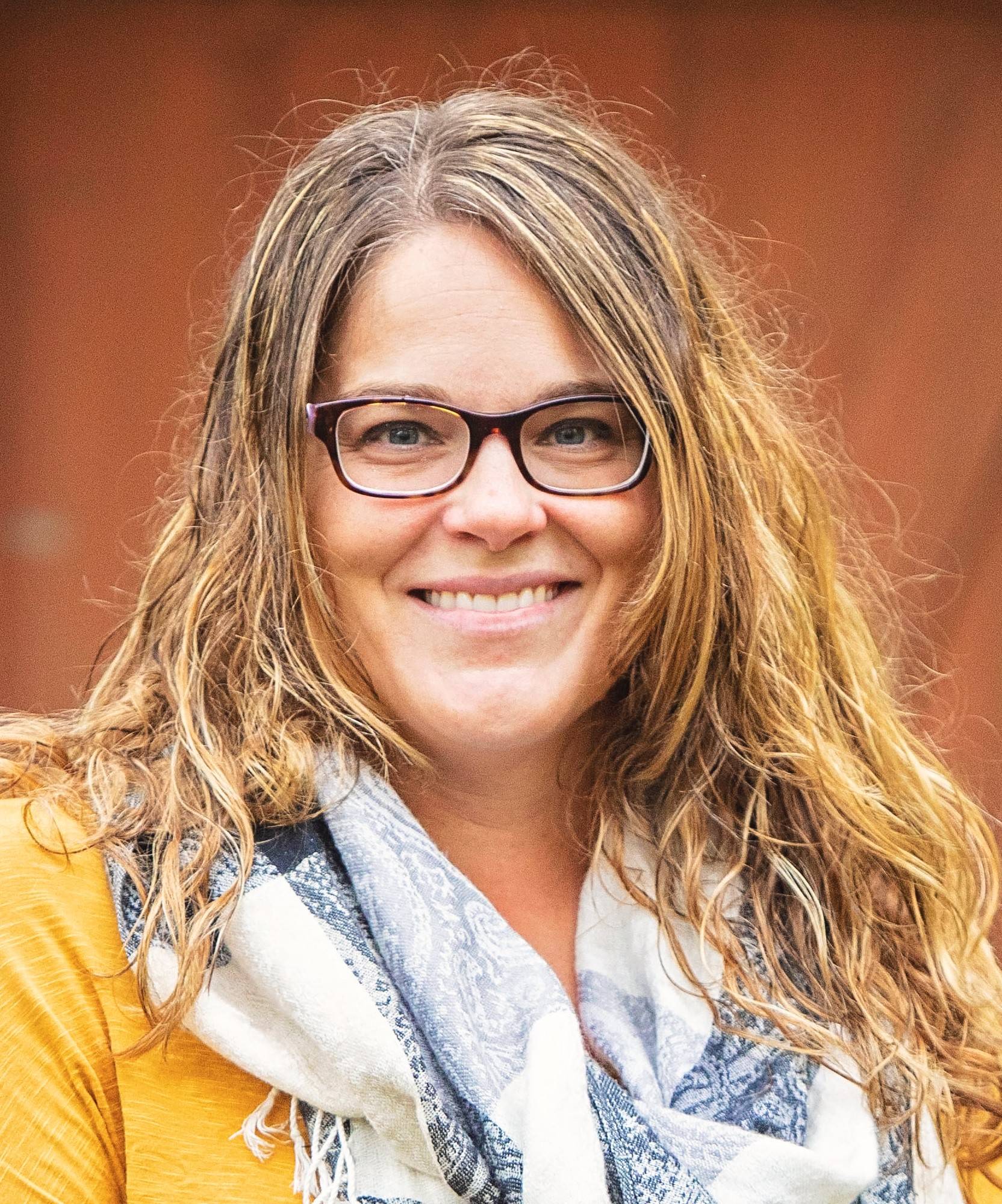
About Jennifer Sabourin
Jennifer is driven by curiosity and has a passion for science and education. Along with her husband Brunel, she is a partner in Antara Agronomy Services where her primary role is Research Manager. Antara launched their own peer group On-Farm Research Network back in 2018, based in the Red River Valley, and have facilitated over 100 field-scale research trials over the past three years
“Take trial results with a grain of salt unless you have all the trial data at your disposal, you know the trial layout and you’ve been provided all the stats, otherwise the results could be made to show you what they want you to see.” – Jennifer Sabourin
Tweet

